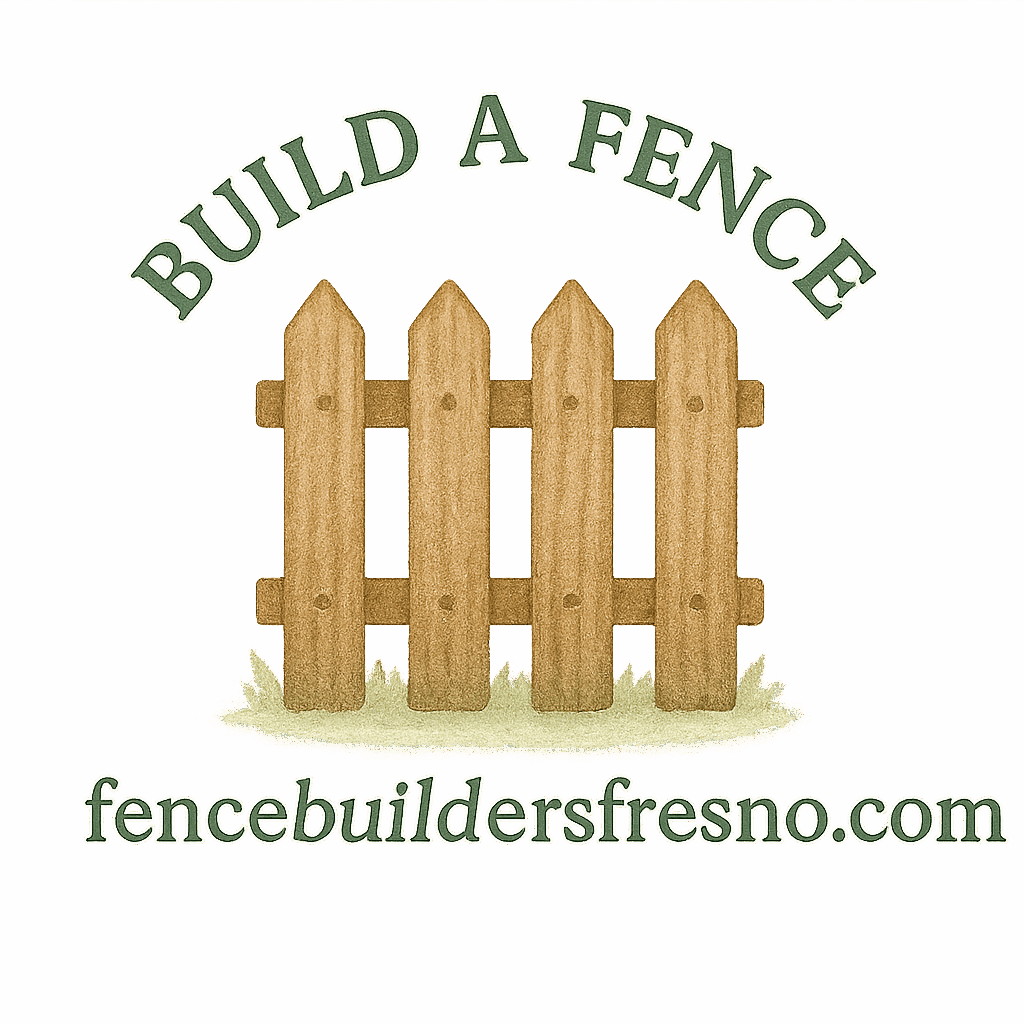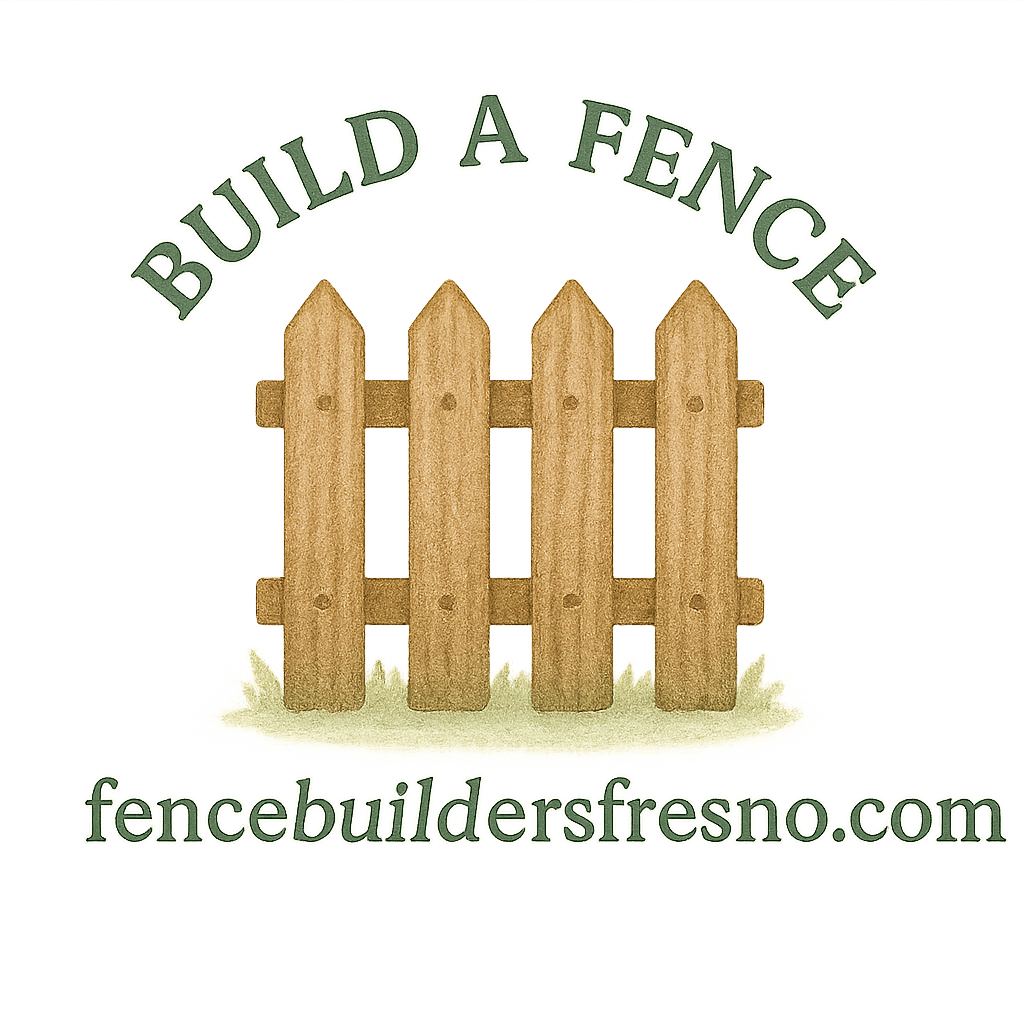Building a fence may sound simple until you’re knee-deep in dirt, tangled in wire, and staring at uneven posts. Whether you’re fencing your backyard or outlining your property, having the right tools isn’t just helpful—it’s essential. In this post, we’ll walk you through the 7 tools you need to build a fence efficiently, with some added pro tips to make sure your project goes off without a hitch.
Let’s dig in—pun intended.
Why the Right Tools Matter in Fence Building
Ever try hammering a nail with a rock? You can do it, but it’s a headache—and a bruised thumb—waiting to happen. The same goes for fence building. Using the proper tools means quicker installation, better accuracy, and ultimately a longer-lasting fence.
If you’re interested in fence building fundamentals, check out Fence Building Basics before diving in.
Common Mistakes Caused by Using the Wrong Tools
- Uneven post depths
- Slanted or wobbly fences
- Misaligned fence lines
- Loose boards and fasteners
- Slower progress and frustration
Want to avoid these headaches? Let’s go over the essential tools.
Tool #1: Post Hole Digger
Arguably the MVP of your fence-building toolkit, a post hole digger helps you dig deep, even holes to set your fence posts in. This tool ensures your posts stay upright and secure—no leaning towers here.
Manual vs. Power Augers: Which Should You Choose?
Manual post hole diggers are perfect for soft or moderately packed soil. If you’re tackling rocky terrain or a long fence line, rent a power auger to save your back (and sanity).
Explore different fence types and what tools they require in our Fence Types Comparison.
How to Use a Post Hole Digger Effectively
- Mark your holes using your tape measure and string line.
- Dig to a depth of 1/3 the height of your fence.
- Use a shovel to loosen soil first for faster digging.
Tool #2: Level
If you want a fence that doesn’t resemble a roller coaster, you’ll need a level. It’s the only way to ensure your posts and panels are straight.
Why a Level Is Non-Negotiable
A slightly tilted post might not seem like a big deal—until your entire fence ends up slanted. A bubble level or laser level ensures perfection from the ground up.
Types of Levels You Can Use
- Carpenter’s level: Good for short panels and posts
- Post level: Clips onto posts for hands-free leveling
- Laser level: Best for large-scale, super accurate layouts
Tool #3: Tape Measure
They say “measure twice, cut once,” and we couldn’t agree more. A 25–50 ft tape measure should be in your back pocket at all times.
Measuring Twice, Cutting Once
Fence-building requires precision. Uneven spacing leads to misaligned panels and wasted materials. Use your tape to measure:
- Post distances
- Height placements
- Panel widths
Accuracy Equals Durability
Accurate spacing ensures even pressure distribution, which increases your fence’s longevity. Curious about designing your layout first? Visit our guide to Fence Design & Planning.

Tool #4: Circular Saw or Miter Saw
When it comes to cutting your fence boards, pickets, or rails, a circular saw or miter saw will save hours of work and ensure clean, straight edges.
Precision Cutting Is Key
Your cuts will impact everything—from the look of your fence to how well parts fit together. Straight cuts mean fewer gaps and a tighter, more professional finish.
Safety Tips for Using Power Saws
- Always wear goggles and hearing protection
- Check your saw blade before use
- Use a clamp to hold materials steady
Tool #5: Hammer or Nail Gun
You’ll need something to fasten all that wood or wire—enter the hammer or nail gun.
When to Use a Hammer vs. a Nail Gun
- Hammer: Great for small jobs or when precision is critical
- Nail Gun: Faster for large sections, but always check alignment first
Looking for low-maintenance fasteners? Dive into Fence Maintenance Tips to find the best options.
Tips for Proper Fastening
- Use galvanized nails or screws to avoid rust
- Secure each picket at both the top and bottom rail
- Don’t overtighten—it can crack the wood
Tool #6: Fence Stretcher
If you’re installing chain-link or wire fencing, a fence stretcher is your best friend.
Do You Really Need It for Chain-Link or Wire Fences?
Absolutely. Trying to stretch fencing by hand is nearly impossible. A stretcher ensures the fence is taut and strong, preventing sagging or holes animals can sneak through.
How to Operate a Fence Stretcher Safely
- Anchor one end of the fencing securely
- Hook the stretcher and pull evenly across
- Attach to posts quickly before it relaxes
Tool #7: String Line and Stakes
Think of this as your fence-building GPS. A string line keeps your posts and panels aligned across long distances.
Planning Your Fence Line the Smart Way
- Set stakes at your corner points
- Run the string tightly between them
- Line up posts directly beneath the string
Avoiding Wavy or Crooked Fences
Using a string line is the cheapest and smartest way to get a straight fence every time. For legal property layout tips, explore Legal Property Considerations.
Bonus Tools Worth Considering
Aside from the core seven, here are a few honorable mentions:
- Shovel – For dirt removal and trenching
- Wheelbarrow – To haul cement, tools, or soil
- Work gloves – Protect your hands from splinters and blisters
- Sledgehammer – Great for setting metal posts
Find more tool and material guidance under the DIY Fence and Build Fence tags.
Safety Equipment You Shouldn’t Skip
Building a fence is still construction, so gear up with:
- Safety glasses
- Ear protection
- Steel-toe boots
- Heavy-duty gloves
Browse more fence safety and Legal Dispute tips to protect yourself.
Planning Ahead for a Smooth Build
Why Planning Beats Rushing Every Time
A little prep saves a ton of backtracking. Measure your yard, get permits if needed, and understand your property lines using Property Line Guides.
Resources for Beginners
New to this? Start with the Fence Guide or read our tips on Fence Installation for first-timers.
Maintenance Tools After Installation
Long-Term Fence Upkeep Tools
After installation, you’ll need:
- Paintbrush or sprayer for staining
- Sander for touch-ups
- Replacement nails or screws
- Garden hose or pressure washer
Get upkeep inspiration from Fence Maintenance and Wood Fence Care.
Final Thoughts: Building Like a Pro
There you have it—7 essential tools to help you build a fence that’s strong, level, and built to last. When you start with the right tools and a solid plan, even DIY newbies can produce professional-level fences. Need help choosing the right style or finish? Visit Fence Builders Fresno for expert resources and project planning tools.
FAQs
1. Can I build a fence with just hand tools?
Yes, but power tools like a circular saw or auger can save tons of time and effort—especially on big jobs.
2. Do I need a permit to build a fence?
Most likely. Check with your local municipality and explore Legal Fencing info before you begin.
3. How deep should my fence posts go?
Typically, 1/3 the height of your fence. For a 6-foot fence, dig at least 2 feet deep.
4. What type of fencing is easiest to install?
Vinyl fencing is lightweight and pre-assembled, making it beginner-friendly. Learn more under Vinyl Fence.
5. How do I know where my property lines are?
You can hire a surveyor or use public property maps. More on this under Property Rights.
6. What’s the best way to avoid fence encroachment?
Use your tape measure, plan with string lines, and check Fence Encroachment resources before digging.
7. What’s a good fence option for front yards?
Decorative picket or iron fences add curb appeal. Visit Front Yard Fence for design ideas.


